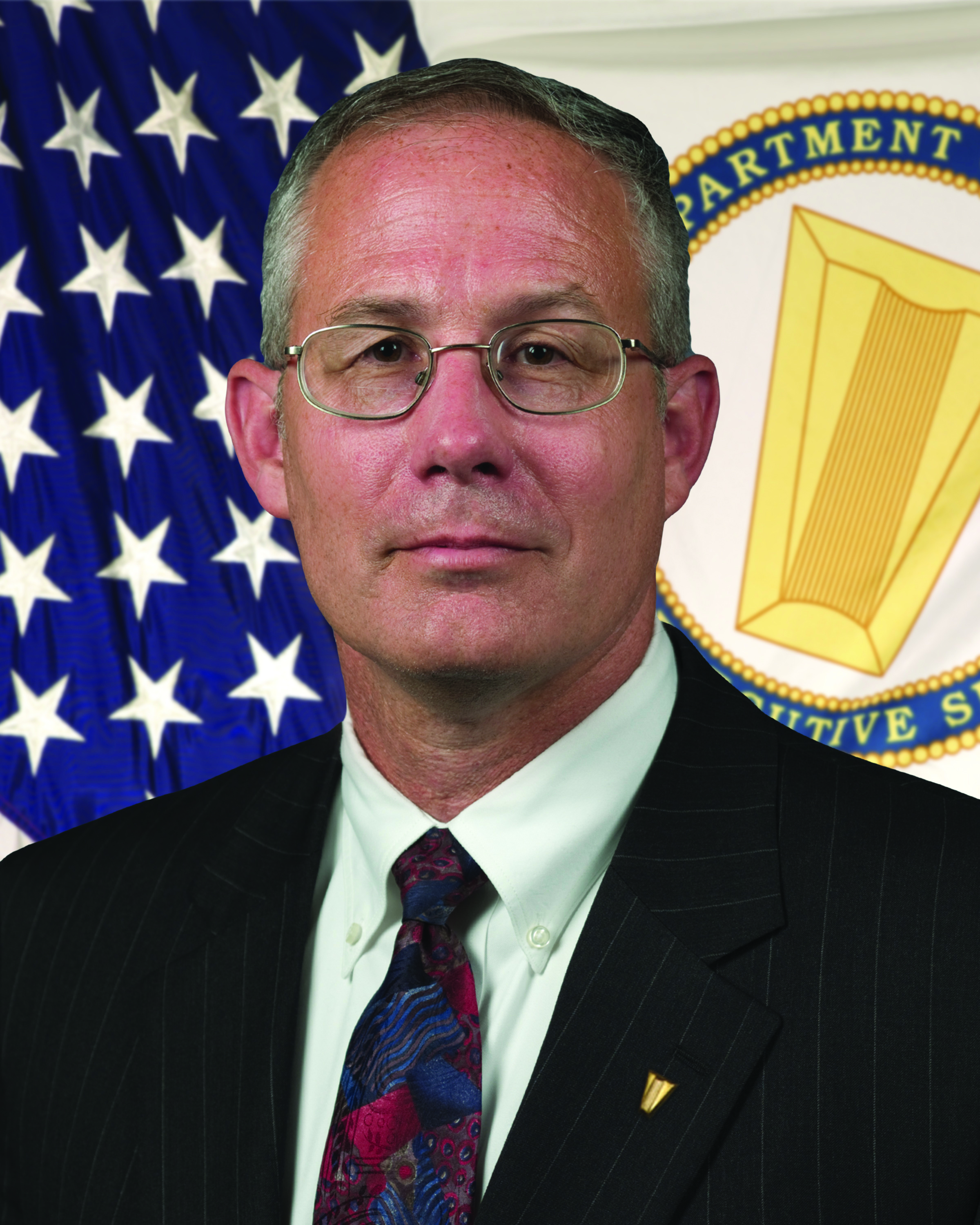Colonel (Retired) James F. Costigan
.jpg)
Colonel (Retired) James F. Costigan served as the U.S. Army Communications-Electronics Command (CECOM) Military Deputy for Operations and Support from 2005 until 2007 with his retirement after 27 years of military service.
Colonel Costigan reported directly to the Commanding General and Civilian Deputy for all CECOM operations and support for over 10,000 personnel across the Army in every combatant command. Most notably, Colonel Costigan played a central role to planning and coordinating the execution of the Commanding General's strategic vision for the once-in-a-generation Base Realignment and Closure relocation of CECOM and C5ISR mission partners from Fort Monmouth, New Jersey to Aberdeen Proving Ground, Maryland.
He led the planning team that established both a workforce transition and a facilities development plan for over two billion dollars in resources. During his tenure, Colonel Costigan oversaw the Lifecycle Management Command (LCMC) transformation to streamline the way commanders in the field get what they need in terms of CECOM support from the C5ISR enterprise.
He developed a strategy to operationalize the CECOM LCMC construct which enabled closer coordination and communication with Assistant Secretary of the Army (Acquisition, Logistics, and Technology) organizations, to include Program Executive Office Command, Control, Communications-Tactical. This created a single-entry point for units-deployed worldwide seeking C5ISR support.
It further facilitated the sustainment of multiple rapid C5ISR fieldings and sustainment plans during OIF and OEF, to include Warfighter Information Network-Tactical (WIN-T). Through the stand-up of a C5ISR "Battle Update" forum, he implemented a system that dramatically increased C5ISR community responsiveness to war-time mission requirements from CECOM, PEOs, and industry mission partners.
Watch Video Interview


.jpg)